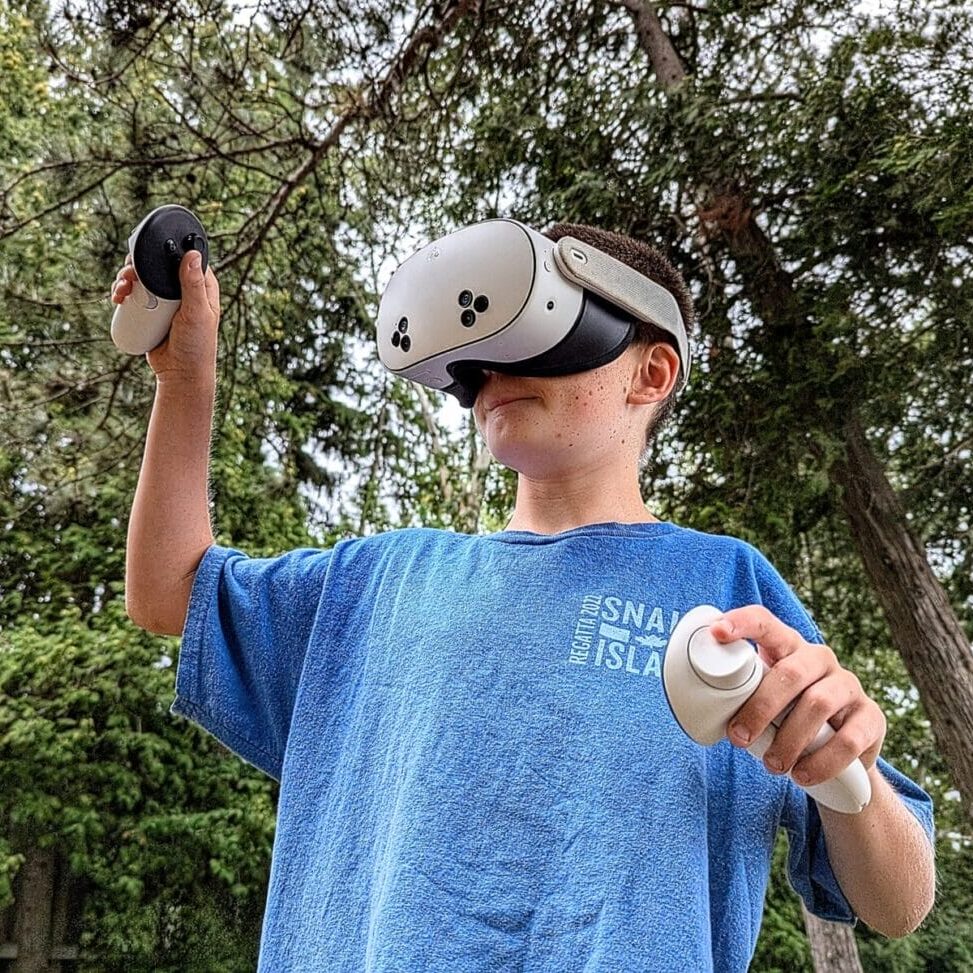
The brain rot epidemic
My summer with Gen Alpha proved brain rot is worse than we thought
If you are at all versed in trending internet phenomena, you may be familiar with terms such as “six-seven” or “skibidi toilet.” You can thank Gen Alpha, born between 2010 and 2024, for the new additions to your ever-changing online lexicon.
But completely immerse yourself in a sea of seven to 14-year-olds for two months, and the reach of that sect of the internet becomes clear. That’s been my reality this summer. And I’m willing to bet that most sleepover camps across North America are similarly saturated with Gen Alpha internet trends.
In 2024, “brain rot” was named the Oxford English Dictionary Word of the Year. It is defined as “the supposed deterioration of a person’s mental or intellectual state, especially viewed as the result of overconsumption of material (now particularly online content) considered to be trivial or unchallenging.”
The particular species of brain rot that the kids at my summer camp fixate on festers on TikTok and Instagram. I have deduced that their exposure to it is stifling the creativity latent in young minds, filling them instead with a monotonous script. It may seem like idiosyncratic gibberish to older viewers, but if you look a little closer, darker undertones reveal themselves.
Even before the dawn of the iPad, people have questioned the hindrance of technology on children’s imagination. It’s easy to question why kids no longer go into the woods to entertain themselves and query whether we have become unnecessarily hypervigilant. Are kids truly safer behind screens?
My first hand experience working with children completely disconnected from screens for two weeks leads me to believe quite the opposite. Kids today are in desperate need of socialization away from phones and video games.
A hive mind
This summer, my camp threw themed meals. A popular choice for themed meals at the beginning of the summer was brain rot. Our echoey dining hall was usually overwhelmed with screaming children — on these occasions, the screams were synchronized phrases like “John pork” or “Tung tung tung sahur.”
The first brain rot dinner I attended quickly morphed into a psychological case study of Gen Alpha. I sat at my table absorbing this wild cultural phenomenon unfolding around me and came to a concerning conclusion.
What these kids are glaringly lacking is any sort of individual thought. With other themed meals, there is still some degree of subjective interpretation available for kids to experiment with. This is most obvious for themes like medieval dinner, where there are many fun characters to choose from if they want to dress up. At brain rot dinner, Gen Alpha’s biggest weakness was on display: their susceptibility to digital echo chambers.
Children are losing individual creativity — a pillar of childhood — by being sucked into digital tunnels, impacting their intellectual development in the process.
Childhood anti-intellectualism
The obsession with internet trends, named for their mind-deteriorating quality, is occupying time kids would’ve spent playing or reading before the rise of the internet. We won’t see the effects of this phenomenon until Gen Alpha enters the workforce.
At the end of each camp session, parents fill out a survey, giving them an opportunity to provide feedback to our staff. Typically, this is where they’d share their children’s takeaways from camp. Parents were in awe of their children’s improved ability to handle responsibility after just a week at camp.
Spending just one week sans-screens while immersed in a healthy social environment seemed to exponentially expedite the children’s development process.
This shouldn’t come as a surprise. People have been raising red flags about the impacts of screens on children for a long time. We know the benefits of digital detoxes, but we need to recognize how internet trends curb the development of our future leaders and combat brain rot before it’s too late.






